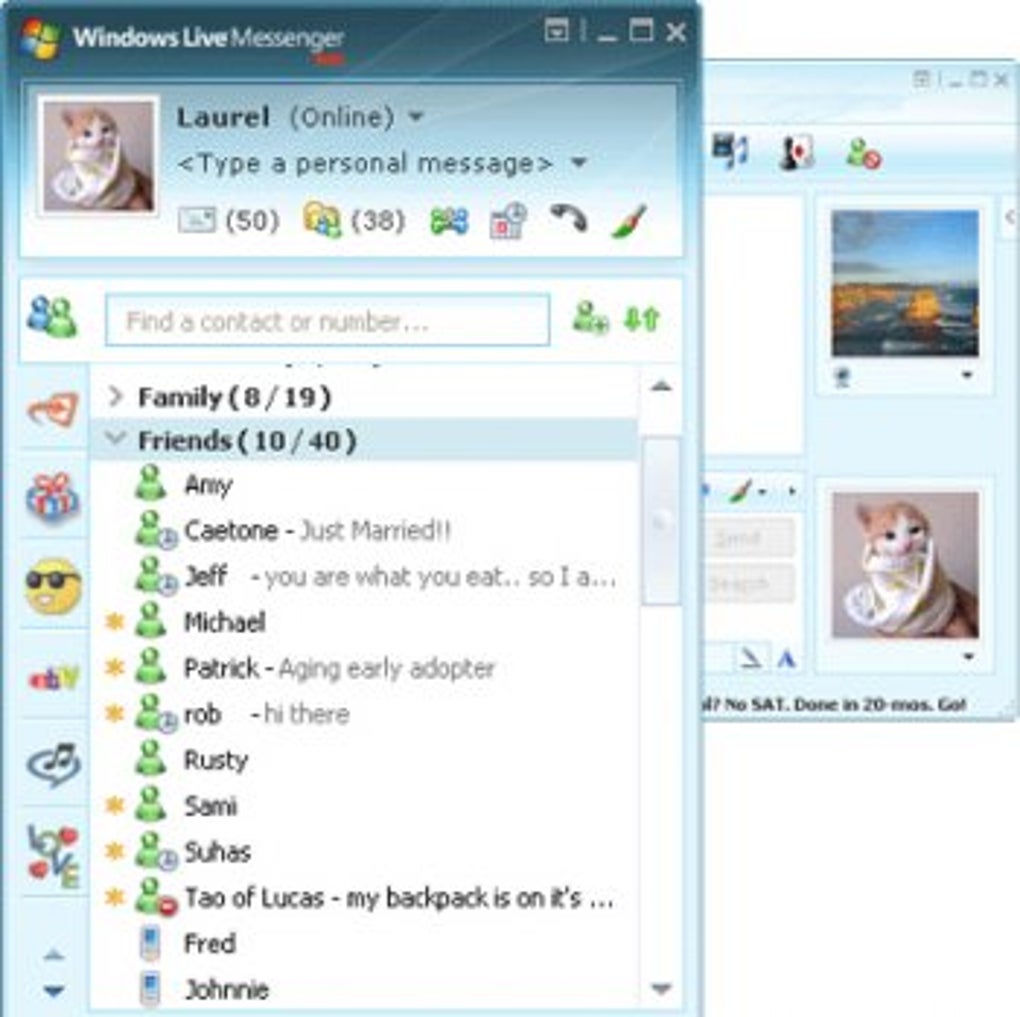


As a result AOL have made the decision that we will be discontinuing AIM effective December 15, 2017.ĪOL Instant Messenger was initially integrated into AOL Desktop and later also released as a stand-alone download by America Online (AOL) in May 1997 for Microsoft Windows. It tapped into new digital technologies and ignited a cultural shift, but the way in which we communicate with each other has profoundly changed. In the late 1990’s, the world had never seen anything like it. You might also remember how characters throughout pop culture from “You’ve Got Mail” to “Sex and the City” used AIM to help navigate their relationships. Right now you might be reminiscing about how you had to compete for time on the home computer in order to chat with friends outside of school. You likely remember the CD, your first screenname, your carefully curated away messages, and how you organized your buddy lists. And Facebook has continually updated Messenger's look, with an emphasis lately on making things more streamlined.If you were a 90’s kid, chances are there was a point in time when AOL Instant Messenger (AIM) was a huge part of your life.

Users sign in via Facebook and can send other users the usual chat messages, as well as voice messages and voice and video calls to other Messenger users, with extra features like GIF support and photo and location sharing. Messenger users can now chat with people on Instagram without having to fire up that app.Įven with the constant influx of features, Facebook Messenger works as it did before. Last year, for example, launched Facebook Messenger Rooms, a video chat feature that will support up to 50 people. And there's a good reason people stick with the service: Not only does Messenger draw on Facebook's extensive reach, allowing you to message all your friends on the social network, Facebook continues to add features. While Facebook's attitude toward user data has turned off some users, Facebook Messenger remains a popular choice among the best chat apps.


 0 kommentar(er)
0 kommentar(er)
